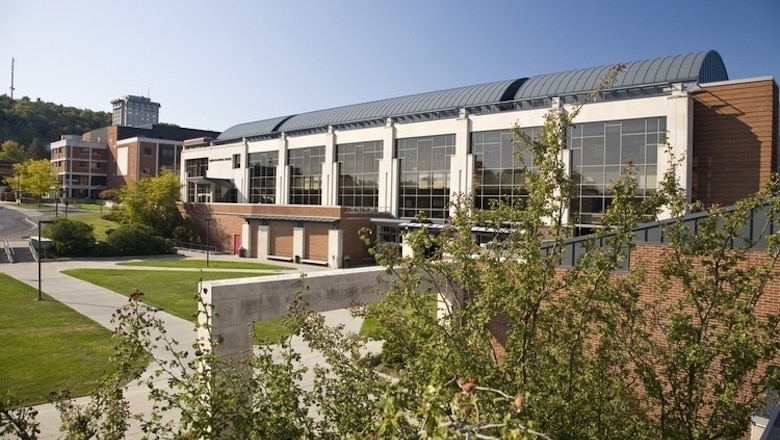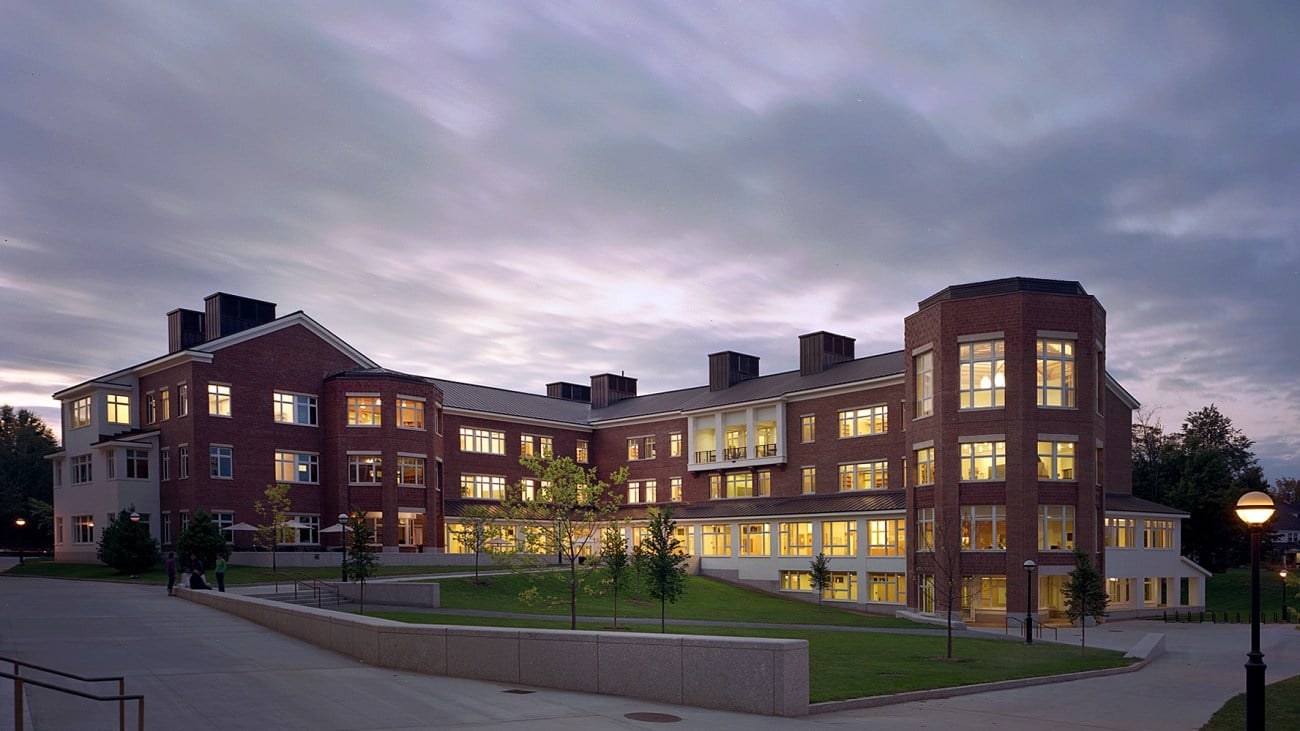Case Studies
Libraries are finding new and innovative ways to endure, structurally and purposefully, for future generations. This New England landmark is carving its path to a carbon-free future.
MoreIsabella Stewart Gardner was famously precise in her vision and oversight of her museum’s creation. GreenerU is helping this masterpiece of an institution in meeting its sustainability goals—both in working toward climate neutrality and in operating the museum in perpetuity.
MoreIn Brookline, on the edge of Boston, the Dexter Park apartments are ideally situated for students, museum-goers, movie-lovers, and classical music aficionados. They are also an example of forward-thinking energy-efficiency measures.
MoreFrom college presidents to the U.S. President, there is a growing drumbeat from leadership nationwide to address the climate crisis. The general consensus is that the path to mitigating climate change is clear: achieving climate neutrality. This article is a look at the current state of climate neutrality efforts, challenges, and solutions on college campuses.
MoreFounded in 1763, the oldest continuously operating boarding school in New England continues to undertake steps to keep its campus operating efficiently. Thanks to GreenerMass, the burden of funding first costs for energy-efficiency projects is alleviated.
MoreWilliam James College, located in Newton, Mass., offers accredited mental health professional training programs, including a program that trains veterans training to treat other veterans. Financing from GreenerMass has made it possible to begin addressing issues with building comfort, improving the physical environment for students and educators.
MoreHere’s how one university has joined their reputation for excellence in dining with an efficient sustainability metric tracking system through community-distributed responsibility—and won awards for both.
MoreOver more than 200 years, one Ivy League medical school has launched some of the most important discoveries in history. Now it’s investigating ways to make its campus buildings perform better and use less energy...much like the squirrels they study.
MoreNearly 4 million people participated in worldwide climate strikes last September, in solidarity with 17-year-old Swedish activist Greta Thunberg, who made the trek to New York City across the Atlantic by boat. It’s no coincidence that teenagers are some of the most engaged climate activists today. How are their schools rising to the challenge?
MoreIn 2014, GreenerU worked with MassDevelopment to develop a program called Mass College Green, in which up-front financing was provided to pay for energy conservation measures. With no upfront capital investment, the college pays only for delivered energy savings over a five-year financing period and sees a net positive cash flow, resulting from energy cost savings. After the five-year payback period, the college will enjoy even greater cost benefits, realizing the entirety of the energy cost savings.
MoreIn 2016, in partnership with Consigli Construction Co., Brooks School began planning its brand-new Center for the Arts and right from the beginning involved GreenerU in all mechanical and electrical aspects of the design, including an enabling project that included a steam system relocation and a chilled water plant for the new Arts Center. The result is a beautiful new arts space that delights students and facility managers alike.
MoreIn Franklin, Mass., Dean College cements its 19th-century legacy with sustainable 21st-century technology. A $368,000 National Grid utility incentive and zero-interest payment plan GreenerU negotiated paved the way. It’s a campus-wide lighting redesign that pays for itself.
MoreAmidst a paradise of waterfalls, gorges, and the Finger Lakes, Ithaca College is taking steps to preserve its natural surroundings through a commitment to 100% carbon neutrality by 2050. One of the first steps: cut energy use on campus.
MoreConcord Academy embraces the practice of common trust: a deep-seated responsibility towards their community and their world, including the built and natural environments. The independent school for grades 9-12 in the home of environmentalists Thoreau and Emerson is developing a plan to tie the town’s history and the founding principles of their community for the betterment of their future.
MoreQuestion: What do you get when you combine a green bank, a utility provider, an energy solutions provider, and a university? The answer: modernized HVAC and lighting controls, reduced greenhouse gas emissions, and substantial ongoing energy cost savings.
MoreFaced with the prospect of a $2+ million investment in converting their heating system, it would have been easy to justify narrowly defining the project scope in an effort to minimize capital expense. Instead, MSPCA had GreenerU take a holistic look at the medical center’s energy systems and develop a plan that would best serve the facility for the next 50 years.
MoreThe dorm energy-efficiency project (DEEP) at Brown University took a look at ways to discourage students from opening their windows during the wintertime when the heat was on.
MoreDartmouth envisions its campus as a place where operations are reimagined to prioritize human and environmental well-being, piloting the best solutions. GreenerU went behind the scenes to help connect this historic campus with building efficiency.
MoreFord Hall, a science laboratory building, was one of the top energy users on the Smith College campus. GreenerU helped to calibrate laboratory ventilation while balancing air quality, addressing environmental safety concerns while lowering energy use.
MoreSmith College’s 4,100-ton chilled water plant was due for an upgrade…or maybe a downgrade.
MoreThanks to $62,000 in utility incentives and a number of improvements, the climate is under control at 133 W 21st Street.
More80,000 Screaming Eagles sold per year. 714 calories per sandwich. 14,300 students on campus. $63,445 in utility incentives. And $121,000 in annual energy savings, thanks to ventilation improvements at one of Boston College’s busiest dining halls.
MoreBuilding automation systems (BAS) have greatly improved our ability to manage building temperatures, adjust lighting levels, and control systems to maximize occupants’ comfort and save on energy costs. But with increased amounts of data to follow, pinpointing where equipment is failing can be like finding a needle in a haystack.
More






















